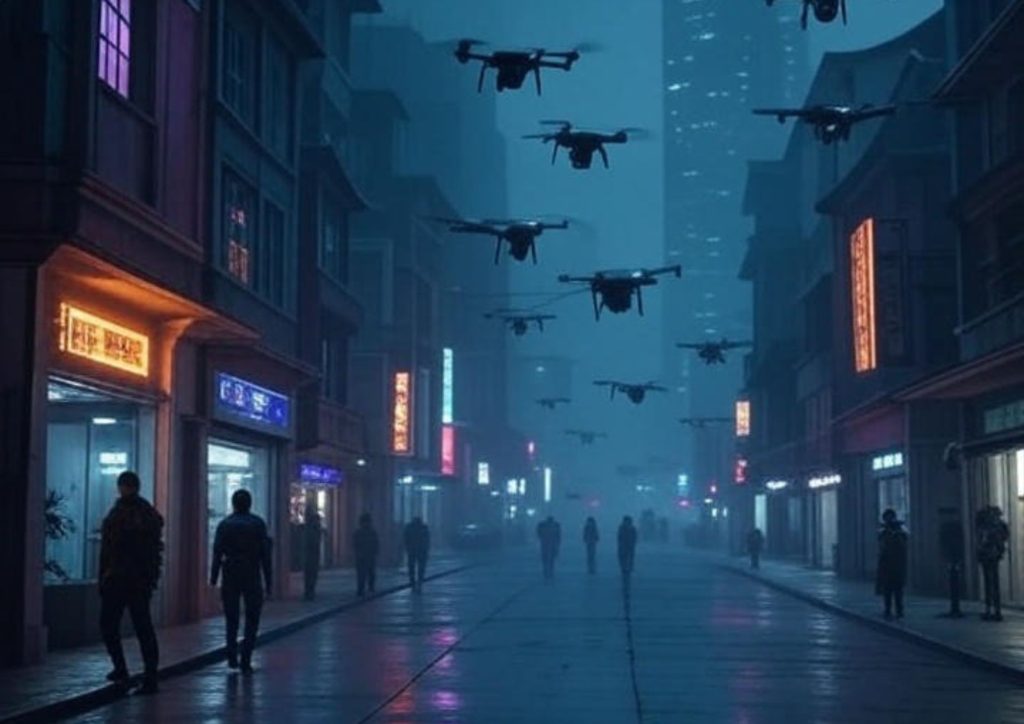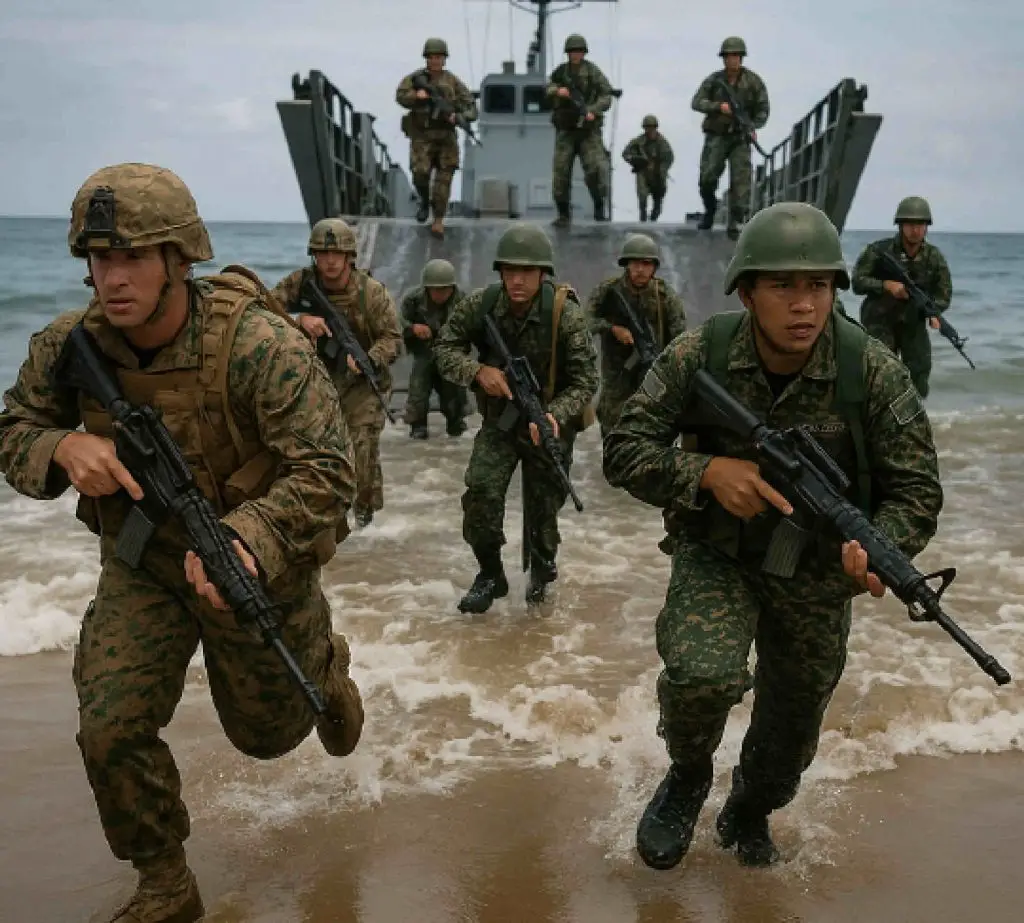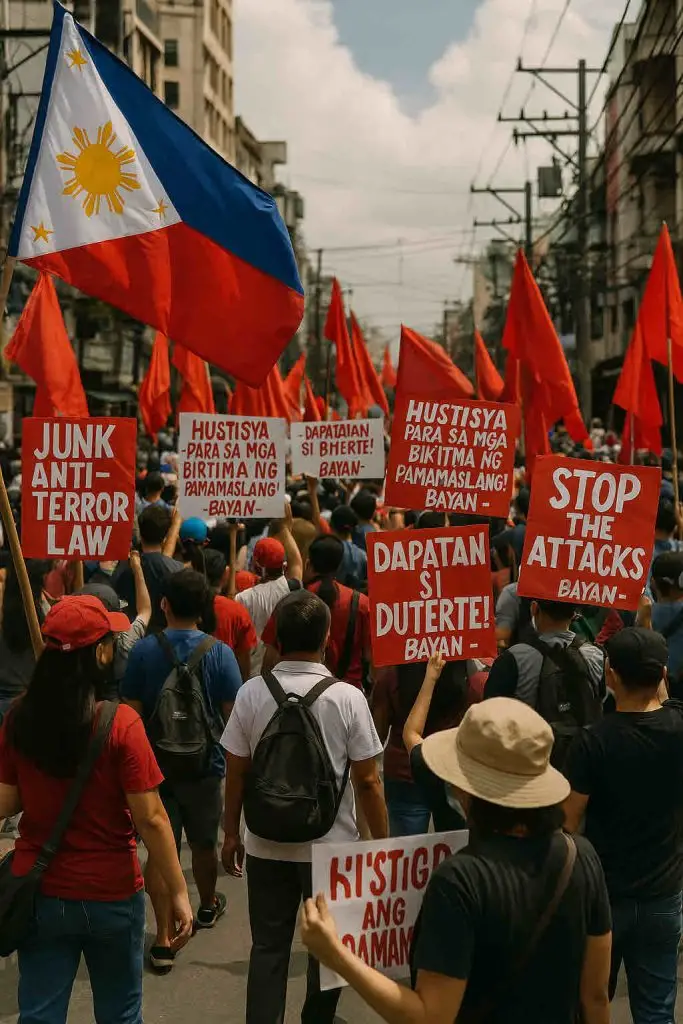
What if the United States hadn’t defeated Japan in World War II? This counterfactual deep-dive explores an alternate 2025 Philippines under prolonged Japanese control—an authoritarian client state marked by economic stagnation, cultural suppression, and geopolitical subservience to Tokyo.
THE PRESENT REALITY
In our current timeline, the United States’ victory in the Pacific Theater of World War II led to the liberation of the Philippines from Japanese occupation in 1945, paving the way for Philippine independence in 1946 and a postwar trajectory shaped by American influence, economic aid, and democratic institutions.
In a counterfactual scenario where the U.S. does not win the Pacific Theater – perhaps due to Japan avoiding direct confrontation with the U.S. after Pearl Harbor, allowing it to concentrate forces on Southeast Asian campaigns or employing unrestricted submarine warfare to cripple American logistics – the outcome could have resulted in a completely different diegesis.
Japan most likely would have retained control over the Philippines as part of its Greater East Asia Co-Prosperity Sphere, either as a direct colony, a puppet state, or an integrated territory similar to Korea or Taiwan under prewar Japanese rule.
This piece explores the hypothetical economic, sociological, and political environments that might exist in the Philippines today had the U.S. not prevailed in the Western Pacific, drawing on historical analogies from Japanese occupations in Korea and Southeast Asia, as well as extrapolations from actual WWII-era impacts.
POLITICAL ENVIRONMENT
Politically, a prolonged Japanese occupation would likely have resulted in a modern-day Philippines that remains under authoritarian influence, with limited democratic development and monolithic ties to Japan. During the occupation of 1942 to 1945, Japan established a puppet republic under José P. Laurel, where elites collaborated through organizations like KALIBAPI, the only permitted political party, while suppressing dissent and enforcing loyalty to Tokyo. If Japan had secured victory in the Pacific – perhaps by evicting U.S. forces early and avoiding overextension – these structures probably would have persisted, evolving into a client state rather than collapsing with Japan’s surrender.
By 2025, the Philippines might resemble postwar authoritarian regimes in Asia that emerged from colonial legacies, such as South Korea under military rule until the 1980s or Taiwan under the Kuomintang, but with deeper Japanese imprint. As Japanese attitudes toward imperialism would not have been dampened through defeat, the likelihood of independence – even limited autonomy – would be extremely low, yielding a status quo similar to how Manchukuo functioned as a puppet in the 1930s.
Political institutions would emphasize centralized control, with a one-party system or managed elections prioritizing economic stability over civil liberties. Resistance movements, like the Hukbalahap guerrillas who controlled much of the countryside during WWII, might lead to prolonged insurgencies, fostering a militarized state prone to crackdowns. Sociopolitical divisions between collaborators (e.g., elites like Emilio Aguinaldo who worked with Japan) and resisters could linger, leading to purges or truth commissions similar to those in post-colonial Korea, where collaborators’ descendants faced property confiscations as late as 2010.
Internationally, the Philippines would likely be part of a Japan-centric bloc, perhaps an expanded version of the Co-Prosperity Sphere that survived into the Cold War era, countering U.S. or Soviet influence in Asia. This could mean closer alliances with modern Japan, Indonesia, or Vietnam, but with ongoing tensions over South China Sea disputes, where Japanese strategic interests might dominate Philippine policy. Corruption and cronyism, already issues in our timeline, would be exacerbated by entrenched Japanese economic elites, resulting in a hybrid regime blending corporatism and nationalism.
ECONOMIC ENVIRONMENT
The Philippines under extended Japanese control would probably exhibit a mix of development and dependency, marked by resource extraction, industrialization efforts, and persistent social inequality – potentially more stagnant than in our timeline due to wartime disruptions and isolation from global markets.
During the actual occupation, the economy collapsed. GDP fell by 70% by 1945 and hyperinflation from “Mickey Mouse money” reached 137,500% for staples like rice, causing unemployment and famine. Southeast Asian analogies show that Japanese policies shifted regions toward autarky, destroying colonial trade links and leading to subsistence agriculture reliant on inferior crops, with transport systems deteriorating and black markets thriving.
If occupation continued, the Philippines might follow Korea’s path, where Japanese investment built infrastructure (railways, ports) but primarily for extraction of coal, iron, and rice funneled to Japan, leaving locals as tenant farmers with declining consumption.
By 2025, this could manifest as a resource-based economy integrated into Japan’s supply chains, with manufacturing hubs in Manila or Cebu producing electronics or cars for Japanese firms using ultra-cheap labor. Long-run effects from Southeast Asian occupations suggest pernicious outcomes: agriculture reverting to pre-industrial levels, delayed global reintegration, and stagnation, as seen in Indonesia or Burma post-WWII. GDP per capita might hover around $5,000–$7,000 (lower than our timeline by around $4,000), with heavy reliance on remittances from Filipino workers sent to Japan.
Urban-rural divides would widen, with cities like Manila featuring Japanese-style infrastructure but plagued by inequality, while rural areas suffer from land dispossession. Ethnic Chinese networks, which sustained trade during occupation, would (as is the case in the current timeline) dominate commerce, leading to tensions. Overall, avoiding U.S.-style aid dependency would subject the Philippine economy to isolation from Western markets, resulting in slower tech adoption and vulnerability to Japanese economic downturns.
SOCIOLOGICAL ENVIRONMENT
Sociologically, the Philippines in 2025 would bear deep scars from occupation, with a hybrid cultural identity, intergenerational trauma, and social fragmentation. The WWII occupation involved brutalities: over 1,000 “comfort women” subjected to sexual slavery, human experimentation, infant killings, and forced labor contributing to 527,000 deaths, 131,000–164,000 of which having been war crimes. Resistance would be widespread, with guerrillas controlling rural areas of the islands, and collaboration by elites would again erode trust.
Drawing from Korea’s longer colonization, prolonged rule would impose “Japanization”—banning Filipino names and languages, relocating artifacts to Japan, and enforcing Shinto worship, eroding Catholic and indigenous traditions. By 2025, society would feature a bilingual (Filipino-Japanese) population with assimilated elites, underlying resentments from comfort women legacies and forced labor issues similar to ongoing Korean-Japanese disputes today. Social norms might shift toward collectivism and hierarchy, with higher education emphasizing Japanese history, reducing emphasis on American influences like Hollywood or basketball.
Trauma from famine (336,500 deaths estimated during WWII) and displacement could lead to higher rates of mental health issues, malnutrition’s genetic effects, and eroded social cohesion, as seen in Southeast Asia’s postwar misery. Urban migration during shortages might create megaslums, with black market cultures persisting as informal economies. Gender dynamics would be affected by comfort women stigma, delaying women’s rights advancements. However, resistance legacies might foster strong nationalism, with guerrilla heroes mythologized and potentially leading to vibrant civil society movements pushing for reforms in the 21st century.
A CAUTIONARY “REALITY”
In this alternate 2025, the Philippines would likely be a mid-tier vassal economy with authoritarian leanings, culturally blended yet haunted by occupation traumas, and geopolitically tethered to a still-extant Imperial Japan. Poverty levels and inequality would be worse than what they are in the current timeline, but the elites would enjoy more power and impunity under Tokyo’s protection. While avoiding some pitfalls of U.S. dependency, the costs – economic stagnation, social suppression, and political subjugation – would greatly outweigh any benefits, echoing pernicious long-run effects observed in occupied Southeast Asia. This scenario underscores how WWII’s outcomes shaped modern Asia, highlighting the fragility of historical contingencies, and should be served up as a proverbial dish of Caveat Emptor (eaten cold) to the anti-US taipans in Manila.


